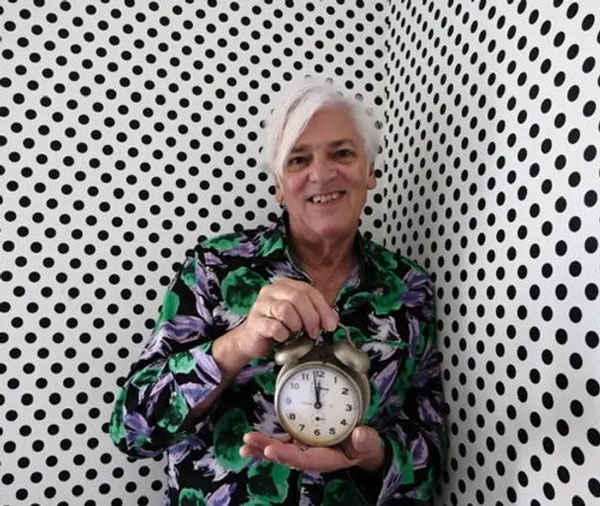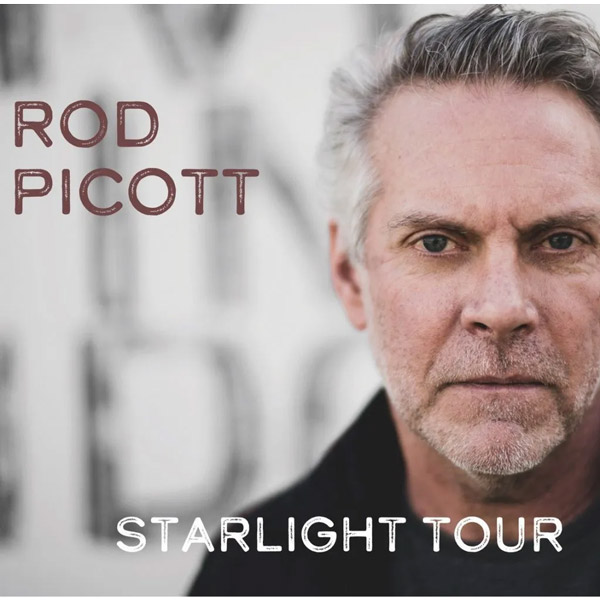By Jay Sweet
originally published: 01/02/2023
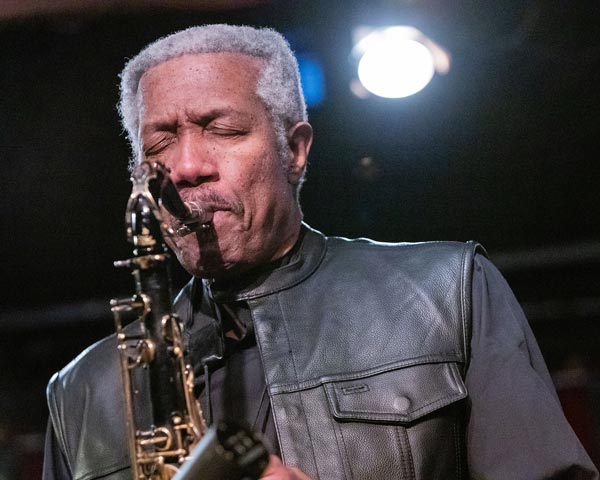
Originally published in Jersey Jazz 01/01/23 - Reprinted by permission of the New Jersey Jazz Society
Billy Harper is a saxophonist and composer of incredible talent who came to notoriety around the time John Coltrane's life and career abruptly ended. While influenced by saxophonists like Coltrane and Sonny Rollins, Harper is in no way an imitator. His often lengthy improvisations and compositions showcase an interpersonal style and a heightened sense of experimentalism that is enhanced by his signature tone and extreme creativity. From January 5-8, Harper will showcase his talent during a celebration of his 80th Birthday at New York’s Smoke Jazz & Supper Club as part of its annual John Coltrane Festival. His group will include Josh Evans on trumpet, Benito Gonzalez on piano, Lonnie Plaxico on bass, and Billy Hart on drums. In a recent conversation, Harper explained that, “the show will be a real presentation of my compositions."
Harper was born in Houston on January 17, 1943. Around the age of 10, he was given his first saxophone, drawn to the instrument not so much by how it sounded but by how it looked. “I passed an instrument shop,” he recalled, “and saw the instruments with many buttons and all those notes. I didn't really know what the saxophone sounded like, but I liked how it looked. I joined the school band and had a few private instructors, but mostly, I learned in the school band. I remember playing a lot of marches. When I began playing in the school jazz band, I thought, this is what I want to do. Plus, I heard good players on record and knew I wanted to play and be like them. Then when I was about 12 or 13, I got to play with some working bands in Houston”.
When it came to learning about jazz, the saxophonist was introduced to the idiom by his uncle. “I had an uncle who loved jazz,” he said, “and knew Kenny Dorham in high school. I was automatically listening to Dorham and the bands he played in like Horace Silver. Miles Davis, Sonny Rollins, and Coltrane were also in that mix. So, I heard Trane early on and was definitely influenced by his direction and his playing style.
After high school, Harper enrolled in North Texas State (now the University of North Texas), which he cites as a significant part of his development as a musician. “I made the ‘One O'Clock Band,’ he said, explaining that “that band was a professional band. If you make that band, you are ready to play professionally.” At the time, he was the only African-American to make the prestigious ensemble.
After graduating in 1966, Harper moved to New York in an attempt to connect with the great jazz musicians living in the city, and he was soon recognized as a player of great skill. “When I moved to New York” he remembered,“I went and sat in with every group I could. I asked everyone to allow me to play because I knew I was ready. I ended up in the Thad Jones/Mel Lewis Orchestra, which was a good fit because I had a lot of big band experience at North Texas”. With the Jones/Lewis band, he recorded three albums -- Consummation (Blue Note,1970), Potpourri (Philadelphia International, 1974), and Suite for Pops (Horizon/A+M 1975). He also had a chance to record with the legendary Louis Armstrong on the album Louis Armstrong and His Friends (Flying Dutchman/Amsterdam, 1970).
Another notable musician Harper became associated with during this period was Gil Evans. “Gil Evans was sort of a quiet person who wrote and arranged in his own style,” Harper explained. “He had a special touch. I met him when I ran into him on the street one day. I approached him and said, ‘Hey, Gil Evans, I know you.’ We talked for a bit, and he said, ‘Why don't you come down, and you can sit in on the rehearsal.' So that's how it started.” With Evans, Harper recorded five albums, including Blues In Orbit (Enja, 1969-1971), Where Flamingos Fly (Artist House, 1971), Svengali (Atlantic, 1973), The Gil Evans Orchestra Plays The Music of Jimi Hendrix (RCA, 1974), and There Comes a Time (RCA, 1975).
Although he enjoyed playing in these larger ensembles, Harper was most interested in working with small groups where he could further explore as a soloist. He was also interested in working with great jazz drummers, particularly Art Blakey.
“In college,” he said,“I practiced a lot, and when I needed a break from the horn, I would go play the drums. So, I knew a lot about the drums and how to react to drummers. I always liked drummers. I was always working towards playing with Art Blakey. I wasn't thinking of about playing with Miles Davis. I always wanted to play with Art Blakey. Soon the word got around that I was good, and then Art Blakey heard about me, and I got the call. Blakey was an icon. He had a style of playing that made you play to his level. Blakey was a driving force, and you have to fit in with him and meet the challenge. He's not a guy who would carry you along. He will run over you if you're not ready. It was a great experience, and I got to travel all around the world and to Japan. It seemed like the fans in Japan were more involved and loved jazz. Blakey was a big name in Japan.” Harper remained with Blakey from 1968-1970 and was included in the album Live! Vol.1 (Live! Vol1 (Everest, 1968) and Moanin' (LRC, 1968).
After Blakey, Harper remained busy and began working at times with Blakey alum Lee Morgan. His original composition "Capra Black" served as the lead track on the album, Lee Morgan: The Last Session (Blue Note, 1971.) Harper was in the band with Morgan the night he was shot and murdered during a performance at Slug's in the East Village on February 19, 1972. He discussed the events in the documentary I Called Him Morgan (2016). When asked about Morgan, Harper recalled, “He was sort of a pet child of Art Blakey. When he played with Blakey, he was the kid in the band. When I got with him, we gelled. He was a great inspiration and pushed me in a way.”
Another drummer of note that Harper was connected with around this time was Max Roach. Harper first recorded with Roach on the album Lift Every Voice and Sing (Atlantic, 1971) and remained a member of his quartet until 1978. “Max Roach seemed like an organized businessman. He had played with all the big names before, so he was there at the beginning of bebop. Max was organized, and Blakey was more pushing and thunderous.”
While with Blakey and Roach, Harper gained notoriety in Europe and Japan and began releasing albums on international labels. His first record as a leader Capra Black (Strata-East), is a favorite among many saxophonists and has been hailed as a vital recording of the Black consciousness movement. However, Harper said he had no political agenda when making the record. “I was just trying to offer a jazz presentation. It didn't have to do with being anything but a jazz album. I loved the playing of Elvin Jones, and he is on that album, so I needed something that fit his playing. I built my compositions related to Elvin Jones. I wasn't trying to make a particular statement.”
After Capra Black and an album he co-led with trumpeter Jon Faddis called Jon & Billy (Trio, 1974), Harper released his most beloved record Black Saint (1975), a live album that launched the Black Saint Record label. More annual releases followed until 1980. After a nine-year lull recording as a leader, Harper returned to making his own records in 1989 with Destiny Is Yours (Steeplechase), followed by a three-volume set called Live on Tour in The Far East (Steeplechase 1991). Other essential associated recordings from Harper included albums made with Randy Weston, McCoy Tyner, Woody Shaw, Charles Earland, Charles Tolliver, Granchan Moncur, Sonny Fortune, Bobbi Humphrey, Stanley Cowell, among others.
Over the past two decades, Harper has been working and recording with the all-star ensemble The Cookers. (See article on the Montclair Jazz Festival, Jersey Jazz, September 2022). 'It is sort of an all-star band. So many heavy players there. Before I got with that group, I was often working with Billy Hart, who I would call to play with my group. So, before I joined, I got to know Billy Hart, George Cables, David Weiss, and Ed Henderson. I suppose it was David Weiss' concept; he had the idea of putting us together.” When asked about what he expects from his 80th year, Harper’s response was: “More performances, maybe more recordings; I will be traveling also. I am just going to be a working musician.”
PHOTO BY JOSEPH BERG JAZZ PHOTOGRAPHY
The New Jersey Jazz Society is a non-profit organization of business and professional people, musicians, teachers, students and listeners working together for the purpose of advancing jazz music. Their mission is to promote and preserve America’s original art form – jazz. The Society seeks to ensure continuity of the jazz art form through its commitment to nurture and champion local talent, along with showcasing outstanding national and international artists providing for the younger generation via arts education programs.
FEATURED EVENTS
Narrow results by date, categories, or region of New Jersey.
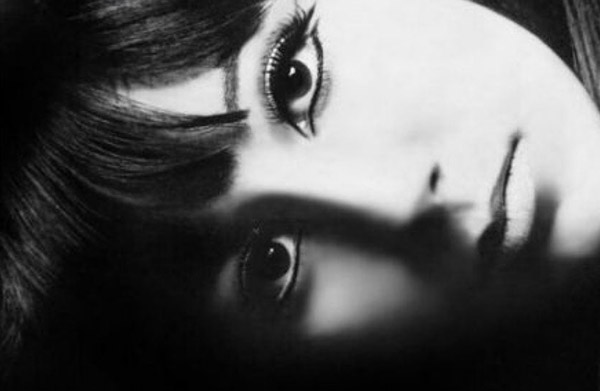
An Evening With Cher: The Memoir
Friday, November 22, 2024 @ 7:00pm
Bergen Performing Arts Center (bergenPAC)
30 North Van Brunt Street, Englewood, NJ 07631
category: music
View event page for full information

Lucinda Williams and her band
Friday, November 22, 2024 @ 7:30pm
McCarter Theatre Center (Matthews Theatre)
91 University Place, Princeton, NJ 08540
category: music
View event page for full information
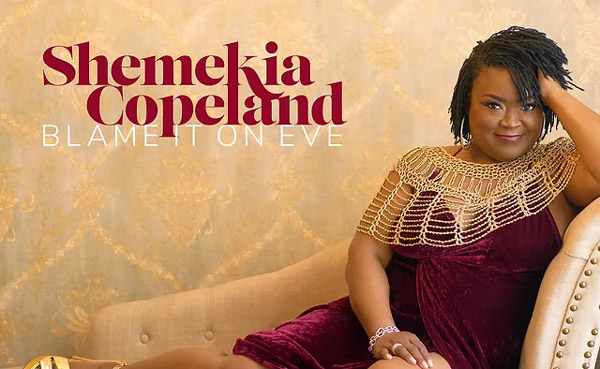
Shemekia Copeland
Friday, November 22, 2024 @ 7:30pm
Lizzie Rose Music Room
217 E. Main Street, Tuckerton, NJ 08087
category: music
View event page for full information
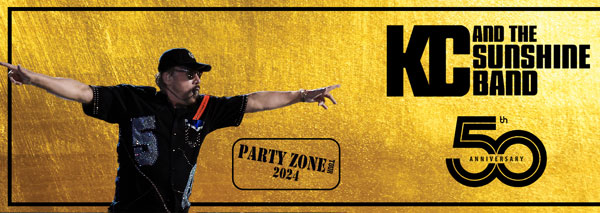
KC and The Sunshine Band
Friday, November 22, 2024 @ 8:00pm
Mayo Performing Arts Center (MPAC)
100 South Street, Morristown, NJ 07960
category: music
View event page for full information
More events
Event Listings are available for $10 and included with our banner ad packages
UPCOMING EVENTS
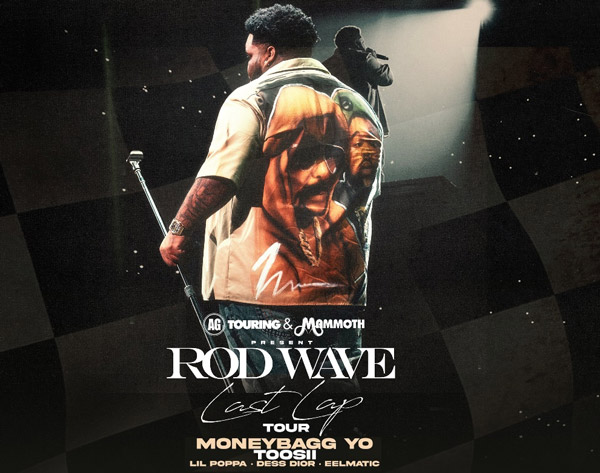
Rod Wave - Last Lap Tour comes to Prudential Center in December
(NEWARK, NJ) -- This Fall, AG Touring and Mammoth, Inc. proudly present the Rod Wave - Last Lap Tour. This large-scale multi-city outing will feature Rod Wave headlining 36 of North America's top arenas coast-to-coast. The tour will kick off on October 19 at Desert Diamond Arena in Phoenix, AZ visiting major markets across the country, including Newark’s Prudential Center on Tuesday, December 3, 2024 with special guests Moneybagg Yo, Toosii, Lil Poppa, Dess Dior and Eelmatic.








